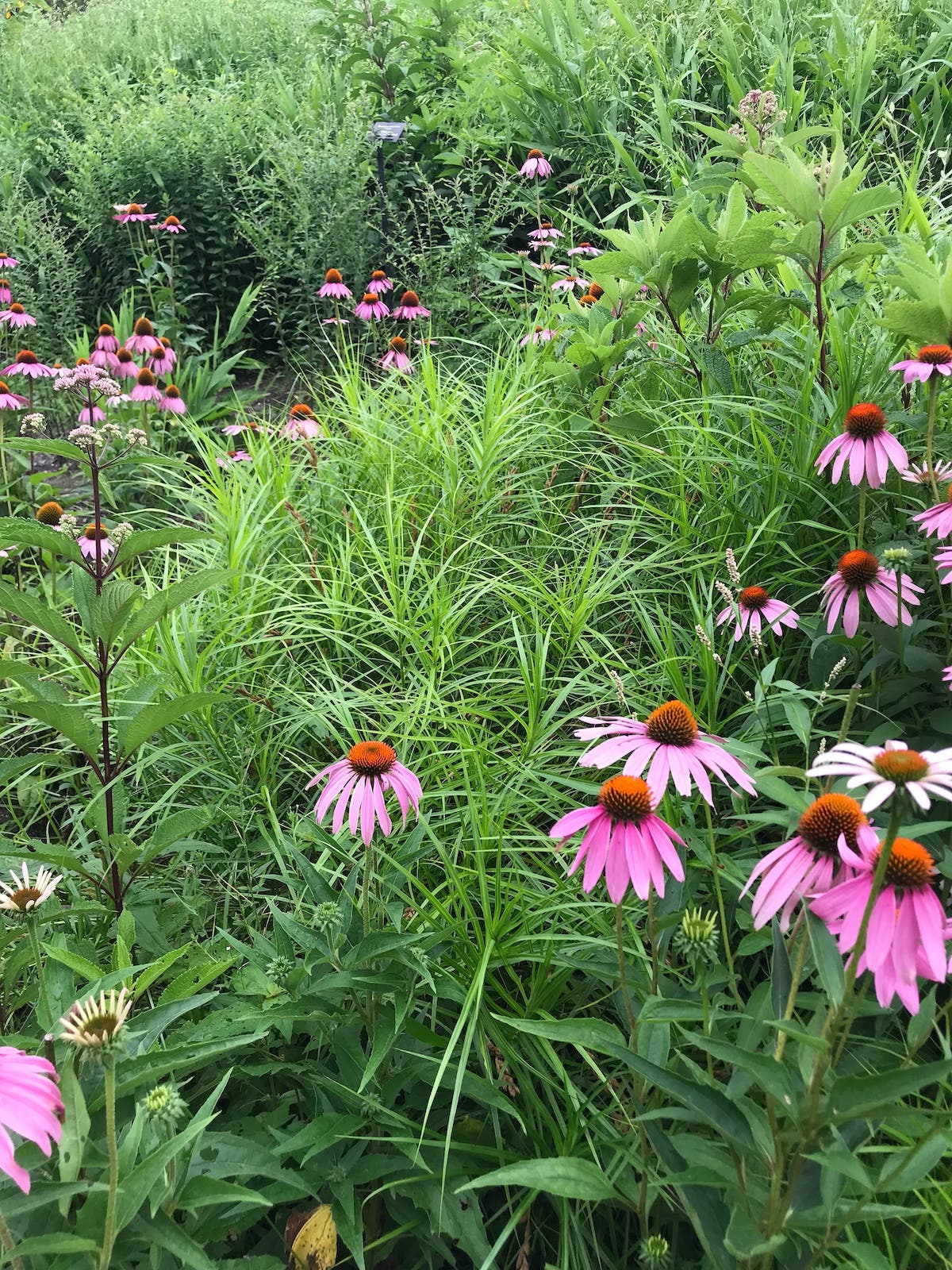The best spring-flowering bulbs for lawns are those with relatively short, grasslike foliage, since they will blend in with the grass once the flowers have faded. The foliage must be left intact until it yellows in order for the bulbs to regain enough energy to bloom the following year, so an early decline is helpful; foliage will be out of the way before frequent mowing must commence. Early bloom and an ability to naturalize (spread by seed or offsets) are other key characteristics of lawn bulbs.
Crocuses are fine candidates. Dutch crocus (C. vernus) comes in colors from white to purple. A good yellow is C. ancyrensis 'Golden Bunch', while C. tommasinianus and C. minimus provide a lilac blue.
Dwarf irises, such as the blue-and-gold Iris reticulata 'Joyce' and blue 'Harmony', as well as yellow I. danfordiae and plum-colored hybrid 'George', blend well in a lawn. Glory-of-the-snow (Chionodoxa) and grape hyacinths (Muscari) are further possibilities. Finally, consider planting spring starflower (Ipheion uniflorum), Siberian squill (Scilla siberica) and snowdrops (Galanthus).
Related: Browse all of our bulb articles.
Any lawn to be planted with bulbs should receive full sun. For the best effect, bulbs should be planted in natural-appearing drifts. Use a narrow-bladed trowel to tuck the bulbs into the lawn. Fifteen of these small bulbs per square foot is not excessive. Allow at least eight weeks after bloom before mowing the lawn. If the lawn simply must be mowed sooner, adjust the mower to its highest setting, to avoid removing too much of the bulb foliage. You must also be careful not to apply any herbicide to the lawn that might injure the bulbs.







